Understanding Fire Codes and Regulations: What You Need to Know
When it comes to fire safety, regulations and codes play a crucial role in preventing fires and minimising their damage. Whether you’re a homeowner, business owner, or building manager, understanding fire codes and regulations is vital for ensuring safety and compliance. In this article, we’ll explore the importance of fire codes, what they include, and how they impact both residential and commercial properties.
Table of Contents

What Are Fire Codes and Regulations?
Fire codes are a set of rules and guidelines designed to prevent fires, limit their spread, and ensure that buildings and occupants are protected in case of a fire emergency. These codes are typically enforced by local, regional, and national authorities and apply to a wide range of environments—from homes and businesses to schools and industrial facilities.
The primary objective of fire codes is to reduce the risk of fire-related hazards, including electrical malfunctions, flammable materials, and improper fire protection systems. They also aim to ensure buildings are equipped with the necessary safety measures to protect occupants and firefighters during an emergency.
The National Fire Protection Association (NFPA) and UK Fire Codes
- The Regulatory Reform (Fire Safety) Order 2005
- British Standards (BS) 9999: Fire Safety in the Design, Management, and Use of Buildings
- BS 5839: Fire Detection and Fire Alarm Systems

Key Areas Covered by Fire Codes and Regulations
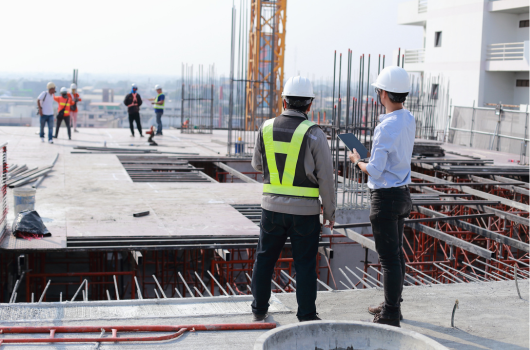
1. Building Construction and Materials
Fire codes specify the types of materials and construction methods that should be used to minimise the spread of fire. Fire-resistant materials, such as fire-rated doors, walls, and ceilings, are essential in limiting fire damage and protecting escape routes. The codes also dictate fire-resistance ratings, which indicate how long a material can withstand fire exposure.

2. Fire Suppression Systems
- Sprinklers: Commercial buildings, apartment blocks, and high-rise structures are often required to have sprinkler systems installed.
- Extinguishers: Depending on the building type, fire extinguishers must be accessible and maintained to ensure they’re ready for use in an emergency.
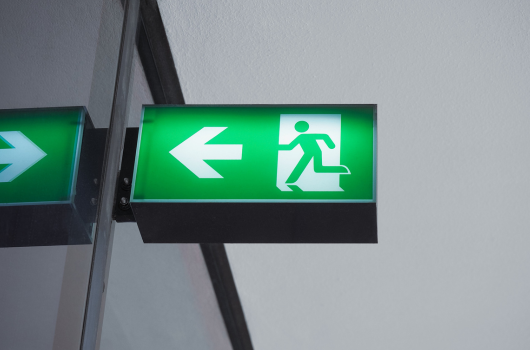
3. Emergency Exit Routes and Evacuation Plans
Fire codes also emphasise the importance of clear and accessible emergency exit routes. This includes proper signage, adequate lighting, and unobstructed pathways. Buildings must have enough exits for the number of occupants and be designed to allow for a safe and rapid evacuation during a fire or emergency.
- Evacuation Plans: Businesses and schools must have detailed fire evacuation plans, and all occupants should be familiar with them. Regular fire drills are often required to ensure everyone knows what to do in case of a fire.
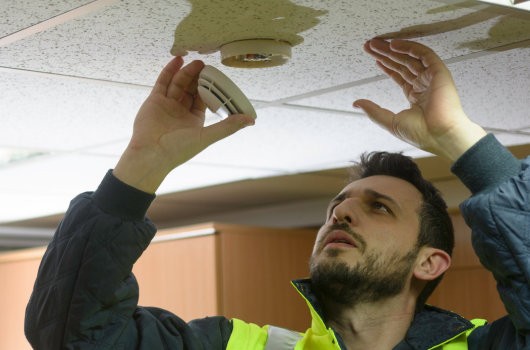
4. Smoke Detection and Alarm Systems
Smoke alarms are another essential component of fire codes. In residential homes, smoke detectors are usually required in every sleeping area, hallway, and at least one on each floor of the home. For commercial properties, smoke detection systems may be integrated with fire alarm systems to notify building occupants and emergency personnel of a potential fire.
These systems must be regularly tested, maintained, and updated to ensure they work properly when needed.
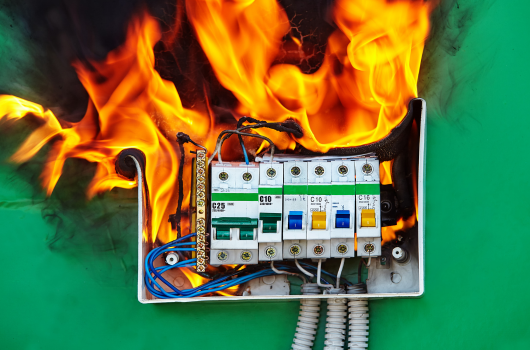
5. Electrical Safety
Electrical fires are one of the leading causes of home and business fires, which is why fire codes address electrical systems in great detail. Codes such as British Standard 7671 regulate how electrical systems should be installed, including proper wiring, circuit breakers, and grounding. Properly maintained electrical systems are critical in preventing electrical fires.
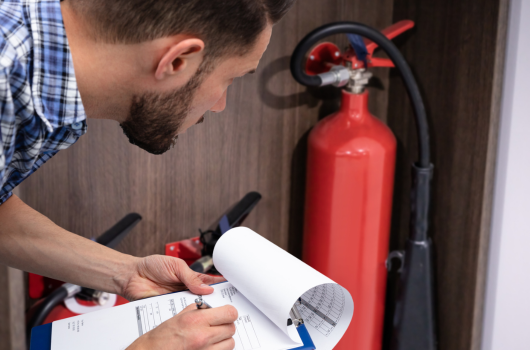
6. Fire Drills and Safety Training
Fire codes also require businesses and schools to conduct regular fire drills and training for their employees, students, and residents. Training covers fire prevention, emergency evacuation procedures, and the use of fire suppression tools (such as fire extinguishers).
Why Fire Codes and Regulations Matter
1. Preventing Loss of Life and Property
The primary purpose of fire codes and regulations is to save lives and protect property. With the right fire prevention and safety measures in place, the risk of injuries, fatalities, and property damage due to fire is significantly reduced.
2. Insurance Requirements
Many insurance companies require that businesses and property owners comply with local fire codes in order to qualify for coverage. Non-compliance could lead to higher premiums or the denial of coverage in the event of a fire-related claim.
3. Legal Compliance
Failing to adhere to fire codes and regulations can lead to legal penalties, fines, and even the shutdown of a business. In some cases, non-compliance can result in lawsuits if negligence is found after a fire incident.
4. Peace of Mind
Knowing that your property is up to code gives both business owners and homeowners peace of mind. Fire safety codes help ensure that you’re doing everything you can to protect your building and the people inside it.
The FireArrest app is an invaluable tool for ensuring that all your fire safety installations, maintenance work, and fire safety plans remain fully compliant with the latest codes and regulations. With its user-friendly interface, the app helps you keep track of essential tasks like managing fire protection system installations and documenting regular maintenance work. It also stores all relevant records in one secure location, making it easier to prove adherence to fire safety regulations. By using FireArrest, you can stay confident that your property is always in line with the required standards, reducing the risk of penalties and enhancing overall safety for occupants.

Staying Compliant with Fire Codes
- Conduct regular fire safety inspections to identify potential hazards.
- Hire certified fire protection professionals for installation, maintenance, and testing of systems like fire sprinklers and alarms.
- Stay up-to-date with local and national fire safety codes, as they can change over time.
- Implement and practice emergency evacuation drills with employees, family members, or tenants.
Conclusion
Fire codes and regulations are fundamental in creating safer environments for everyone. By understanding and adhering to fire codes, you’re not only ensuring the safety of your property but also minimising the risks that come with fire hazards. Whether you’re building a new structure or maintaining an existing one, always prioritise fire safety—your compliance could mean the difference between a close call and a disaster.
If you’re looking to ensure that your building is up to code, FireArrest.com can provide the expertise, fire protection systems, and safety solutions you need to stay compliant and safe.
